- No products in the cart.

Rulid tab n / 150mg film about 10 pc
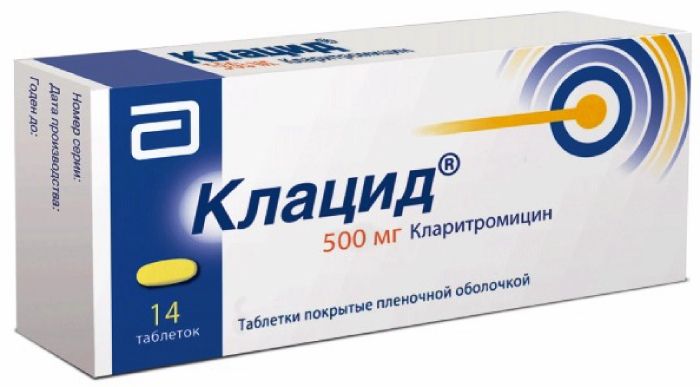
Klatsid tab n / 500mg film about 14 pc
$17.88

Ceftriaxone biochemist powder for solution for injection vial 1 piece 1d sol. 5ml ampoules 2 pcs
$4.71
$43.17
Rulid tab n / 150mg film about 10 pc
SKU: 1991015895 Categories: Antibiotics, Antibiotics, antimicrobial, antiparasitic, Medicaments Tags: roxithromycin, SANOFI RUSSIA
Description
Composition
Active substance:
1 tablet contains 150.0 mg of roxithromycin ;.
Excipients:
Giproloza – 19.65 mg Poloxamer – 0.15 mg, povidone K30 – 4.20 mg colloidal silica – 1.875 mg of magnesium stearate – 1.875 mg talc – 2.25 mg corn starch to 210.0 mg; sheath: hypromellose – 2.78 mg Dextrose – 1.12 mg titanium dioxide – 0.27 mg propylene glycol – 0.83 mg.
Description:
White, biconcave, round tablets, coated, engraved “164” on one side. A view of the cross-section: white.
Product form:
Tablets, film-coated 150 mg. 10 tablets in blister PVC / aluminum foil. 1 blister together with instructions for use in a cardboard box.
Contraindications
Hypersensitivity to macrolides. Simultaneous administration of vasoconstrictive ergot alkaloids (ergotamine and dihydroergotamine), since their simultaneous application macrolides c has a pronounced risk of vasoconstriction ( “ergotism”) with the possible development of limb necrosis (cm. ‘Interaction with other drugs “). Children and adolescents weighing less than 40 kg (only for this form of release, due to the impossibility of precise separation tablets 150 mg). Pregnancy (cm. “Pregnancy and lactation”). breast-feeding period (see. “Pregnancy and lactation”). Simultaneous administration of cisapride (cm. ‘Interaction with other drugs “). Simultaneous treatment with colchicine (cm. ‘Interaction with other drugs “). Glucose-galactose malabsorption (because of the content in the product of dextrose (glucose)).
Carefully
In severe liver failure (e.g., hepatic cirrhosis with ascites or jaundice) required dose reduction roxithromycin. Patients with congenital lengthening the interval QT, with conditions conducive to the appearance of cardiac arrhythmia (uncorrected hypokalemia or hypomagnesemia, clinically significant bradycardia) and in patients receiving drugs that lead to the development of ventricular arrhythmias, including ventricular tachycardia type ” pirouette “(cm. ‘interaction with other drugs”). In myasthenia gravis (myasthenia gravis) (as when using other macrolides may flow weighting of the disease). At simultaneous reception of indirect anticoagulants, such as warfarin, acenocoumarol, fluindion, phenindione (requires regular determination of International normalized ratio (INR)). In simultaneous reception disopyramide (requires regular monitoring ECG and disopyramide serum concentrations). At the same time taking digoxin and other cardiac glycosides (digoxin increased risk of overdose and other cardiac glycosides). In renal insufficiency. In the elderly (may slow excretion of roxithromycin due to age-related decline of liver and kidney function, may be related heart disease that may increase the risk of heart rhythm disturbances). When simultaneous administration of the dopamine receptor agonists – ergot alkaloids such as bromocriptine, cabergoline, lisuride, pergolide. When simultaneous administration of cyclosporine (risk of increased plasma concentrations of cyclosporin). When simultaneous administration of theophylline (risk of increased plasma concentrations of theophylline). When simultaneous administration of drugs metabolized mainly via isoenzyme CYP3A (risk of increasing their plasma concentrations. See section “Interaction with other drugs).
Dosage
150 mg
Indications
adults
Upper respiratory tract infections: acute pharyngitis, tonsillitis, sinusitis. Lower respiratory tract infections: pneumonia (including atypical pneumonia caused by these “atypical” pathogens, like Chlamydia psittaci, Chlamydia pneumonia, Branhamella catarrhalis, Legionella pneumophilia), bronchitis, bacterial infections in patients with chronic obstructive pulmonary disease. Infections of the skin and soft tissues. Genital infections (excluding gonorrhea), including urethritis, cervicitis (an inflammatory disease of the cervix), vaginitis. Infections in odontology, infections of the oral cavity and teeth
children
Diseases of the upper respiratory tract: tonsillitis, pharyngitis, acute sinusitis. Lower respiratory tract disease: pneumonia (including atypical pneumonia caused by such “atypical” agents as Chlamydia psittaci, Chlamydia pneumonia, Branhamella catarrhalis, Legionella pneumophilia et al.), Bronchitis. Infections of the skin and soft tissues.
Interaction with other drugs
Simultaneous use is contraindicated:
With vasoconstrictive ergot alkaloids (ergotamine and dihydroergotamine): the risk of a pronounced vasoconstriction ( “ergotism”) with possible development of limb necrosis (see section “Contraindications”, “Special Instructions”.).
Since colchicine: while the application – increase the undesirable effects of colchicine with a potentially lethal outcome.
Since cisapride: cisapride, which is metabolized by the hepatic isoenzyme CYP3A, was associated with lengthening of the interval QT and / or disorders of cardiac rhythm (typically with the development of ventricular tachycardia type “pirouette”) by increasing its serum concentration due to interaction with potent inhibitors of this isozyme, including some macrolide antibiotics. Although roxithromycin or does not have, or has a limited ability to bind isoenzyme CYP3A and thereby inhibit the metabolism of other drugs metabolized by this isoenzyme, the possibility of such interaction roxithromycin c cisapride can not be completely excluded. Therefore, the combination of cisapride with roxithromycin contraindicated.
Simultaneous use is not recommended:
With agonists of dopamine receptors – ergot alkaloids (such as bromocriptine, cabergoline, lisuride, pergolide) while the application – Increased plasma concentrations of bromocriptine, cabergoline, lisuride, pergolide with a possible increase of activity or the appearance attributes overdose.
With terfenadine: some macrolides have a pharmacokinetic interaction with terfenadine, resulting in increased serum concentrations of terfenadine. This can lead to severe ventricular arrhythmias, typically to the development of ventricular tachycardia type “pirouette”. Although the use of roxithromycin such reactions were observed, and research on a limited group of healthy volunteers did not show any pharmacokinetic interaction or relevant ECG changes, the combination of roxithromycin and terfenadine is not recommended (see. Section “Special Instructions”).
With astemizole, pimozide: astemizole and pimozide, which are metabolized via the hepatic isoenzyme CYP3A, associated with lengthening of the interval QT and / or disorders of cardiac rhythm (typically with the development of ventricular tachycardia type “pirouette”) as a result increase their serum concentrations due to interaction with potent inhibitors this isoenzyme, including some macrolide antibiotics. Although roxithromycin or does not have, or has a limited ability to bind isoenzyme CYP3A and thereby inhibit the metabolism of other drugs metabolized by this isoenzyme, the possibility of such interaction roxithromycin with the above drugs can not be excluded completely. Therefore roxithromycin is not suitable combination of these drugs
The simultaneous use requiring caution:
With drugs that can cause QT interval elongation and facilitate the development of ventricular arrhythmias, including ventricular tachycardia type “pirouette”: antiarrhythmic drugs of class III and IA (including amiodarone, bepridil, dronedarone, sotalol); amisulpride, arsenic, chlorpromazine, citalopram, tsiamemazin, difemanila methylsulfate, disopyramide, dofetilide, dolasetron, domperidone, droperidol, erythromycin, escitalopram, flupentixol, fluphenazine, halofantrine, haloperidol, ibutilide, levofloxacin, levomepromazine, Lumefantrine, mehitazin, methadone, mizolastine, moxifloxacin , pentamidine, pipamperone, pipotiazine, prucalopride, quinidine, sertindole, spiramycin, sulpiride, sultopride, tiaprid, toremifene, vandetanib, vincamine, zuclopenthixol. Besides in-vitro studies showed that roxithromycin may displace disopyramide from connection with blood proteins; in vivo such an effect may increase serum concentrations of disopyramide free fraction (fraction not bound to blood proteins). Therefore, you should regularly monitor the ECG and, if possible, serum concentrations of disopyramide
Since warfarin and other anticoagulants of indirect action, such as acenocoumarol, fluindion, phenindione In studies on volunteers, there was no established interactions with warfarin, however, reported an increase in prothrombin time or INR in patients taking both roxithromycin and anticoagulants of indirect action, that 14 It could be associated with the infection. For safety purposes, we recommend regular monitoring of INR during combined roxithromycin with anticoagulants of indirect action.
With atorvastatin, simvastatin: increasing their risk of adverse effects that depend on their concentration in the blood, such as rhabdomyolysis; statins should be used in lower doses.
Cyclosporin C: shows a modest increase of plasma concentrations of cyclosporin, but it usually does not require modification of conventional dosage regimen of cyclosporin by combining it with roxithromycin. It is recommended to control the concentration of cyclosporine in the blood and renal function.
With digoxin and other cardiac glycosides: a study conducted in healthy volunteers showed that roxithromycin increases absorption of digoxin. This effect is inherent and other macrolides can rarely lead to the development of glycoside intoxication. It may be manifested by symptoms such as nausea, vomiting, diarrhea, headache, dizziness; intoxication cardiac glycosides may also slow down cardiac conduction or may develop cardiac arrhythmias. Therefore, in patients treated with roxithromycin and digoxin or other cardiac glycosides, should regularly monitor the ECG and, if possible, to determine the serum concentrations of cardiac glycosides. When symptoms of suspected overdose cardiac glycosides, determination of serum concentrations of cardiac glycosides is required.
With drugs, mainly metabolized via isoenzyme CYP3A (e.g., with rifabutin): roxithromycin is a weak inhibitor of isoenzyme CYP3A. Roxithromycin effect on systemic exposure of drugs primarily metabolized via isoenzyme CYP3A, may be expected to lead only to its two-fold increase or less. Care must be taken in the combined use of roxithromycin with drugs metabolized via isoenzyme CYP3A (e.g., with rifabutin).
Concomitant use of which should be taken into account:
With midazolam: roxithromycin, like other macrolide antibiotics, can increase the area under the curve “concentration-time” and T1 / 2 midazolam, therefore midazolam effects may be amplified and prolonged in patients receiving treatment roxithromycin.
With theophylline: indicated a slight increase in plasma concentrations of theophylline, but it usually does not require changing the conventional dosage regimen of theophylline in their joint application with roxithromycin
other:
Triazolam C: there is no convincing evidence of interaction between roxithromycin and triazolam
Since carbamazepine, ranitidine, hydroxides of aluminum and magnesium, oral contraceptives containing estrogens and progestins: no clinically significant interaction with roxithromycin.
pharmachologic effect
Pharmacological group:
Antibiotic, macrolide.
Pharmacodynamics:
Semisynthetic macrolide antibiotics for oral administration. For preparation usually sensitive (MIC
To a drug resistant (MIC> 4 mg / l): Acinetobacter spp, Bacteroides fragilis; Enterobacteriaceae; Fusobacterium spp .; Meti-R staphylococcus (metitsillin- resistant staphylococci) (Staphylococcus aureus and Staphylococcus coagulase negative); Mycoplasma hominis; Nocardia spp .; Pseudomonas spp.
Pharmacokinetics:
adults
Absorption and basic pharmacokinetic parameters: Roxithromycin is rapidly absorbed after oral administration. Roxithromycin is not destroyed in the acidic environment of the stomach. Within 15 min after oral administration it is detectable in blood serum, the maximum serum concentration (Cmax) achieved in 2.2 hours after administration of 150 mg of the drug on an empty stomach. Food intake reduces the absorption of roxithromycin. A single dose of the preparation: after receiving a single 150 mg roxithromycin adult healthy volunteers the pharmacokinetic parameters are: Cmax – 6.6 mg / l; Cmin (the serum concentration at 12 h after administration of roxithromycin inside) – 1.8 mg / l. Thus, taking the drug at an interval of 12 hours provides effective preservation roxithromycin concentrations in the blood for days. After a single dose of 300 mg of roxithromycin Cmax of 9.7 mg / l is reached after 1.5 hours (time to reach maximum concentration (TCmax)). After 12 hours the plasma concentration is 2.9 mg / l, and after 24 hours – 1.2 mg / l. Course the drug: at course intake of roxithromycin (150 mg twice daily for 10 days), the equilibrium concentration in plasma is achieved in 2-4 days. Equilibrium plasma concentrations: 9.3 mg Cmax / Cmin l and 3.6 mg / l. After receiving 300 mg every 24 hours roxithromycin for 11 days Cmax is 10.9 mg / l and Cmin (at 24 h after administration of the next dose) was 1.7 mg / l.
Distribution: 6-12 h after administration of the next dose at course intake roxithromycin demonstrates good penetration in various tissues and body fluids, in particular in the lung tissue, tissue of the tonsils and prostate. Communication with plasma proteins is 96%; roxithromycin easily binds to the alpha-1-acid glycoprotein. This bond is saturated and decreases if roxithromycin plasma concentration exceeds 4 mg / L. Roxithromycin slightly penetrates into breast milk: less than 0.05% of the dose.
Metabolism: roxithromycin only partially metabolized, more than half of the dose is excreted unchanged. The urine and feces of three metabolites have been identified: the main metabolite is roxithromycin cleaved cladinose residue, secondary metabolites are N- monodemetilirovanny roxithromycin, and N-didemetilirovanny roxithromycin. Roxithromycin and these three metabolites found in the urine and faeces in equal proportions. In studies in vitro, roxithromycin showed slight inhibition isoenzyme CYP3A, but he did not inhibit isozymes CYP1A2, CYP2C9, CYP2C19, or CYP2D6.
Excretion: adults with normal liver and kidney function: after ingestion roxithromycin mainly discharged through the intestine (faeces) (65%) 72 hours after ingestion of radiolabelled roxithromycin 14C radioactivity in urine is only 12% of the total radioactivity in urine and feces. The half-life (T1 / 2) after single dose of 150 mg and 300 mg of roxithromycin in healthy volunteers was 10.5 ± 11.2 hours and 4.4 hours, respectively, and in the elderly – 26.7 ± 3.0 h and 15.5 ± 7.0 h, respectively.
children
The pharmacokinetic profile of roxithromycin in children is very close to its pharmacokinetic profile in adults. Comparison of pharmacokinetic parameters of children with those of the young adult volunteers during reception roxithromycin at equivalent doses (2.5 mg / kg body weight twice a day), and when the equilibrium concentrations in plasma showed that: Cmax were similar, with mean values 8.7 – 10.1 mg / l. TCmax was approximately 2 h. T1 / 2 children has been extended to about 20 hours. The areas under the concentration-time curve “concentration-time» (AUC) in children and adults is not varied. Cmin were generally similar to those in adults with average values ranging between 2.6 and 3.4 mg / l. As a result, we can say that plasma concentrations in children are similar to those in adults. Apparently a longer T1 / 2 in children does not affect the accumulation of the drug, since the course intake Cmin remains stable. Due to the fact that the AUC in children and adults are comparable, and provided that the bioavailability of roxithromycin in children is the same as in adults, it is assumed that the total clearance of the drug in healthy adult volunteers and in children is comparable
Tissue distribution: the study of diffusion in the palatine tonsils and adenoids showed that roxithromycin quickly penetrates into the infected tissues; its average concentration in the tissue after a single dose and after receiving 4 is the same doses; concentration in tissues remains high until 12 h after administration of the drug (the recommended interval between the reception of successive doses); concentrations in most tissues the same or higher than the plasma concentration, determined at the same time.
The lack of accumulation of the drug can take its two times a day (every 12 hours). Сопоставимые плазменные концентрации у взрослых и детей и хорошее проникновение в ткани свидетельствуют в пользу выбора единой дозы для взрослых и детей.
Пациенты с печеночной недостаточностью: у взрослых пациентов с тяжелой печеночной недостаточностью после приема внутрь 150 мг рокситромицина увеличиваются Т1/2 (до 25 ч) и Сmax.
Пациенты с почечной недостаточностью: у взрослых пациентов с почечной недостаточностью почечная экскреция рокситромицина и его метаболитов составляет приблизительно 10 % от принятой внутрь дозы. После однократного приема 150 мг и 300 мг рокситромицина при почечной недостаточности Т1/2 составляет соответственно 17,9 ±2,4 ч и 16,0±5,0 ч. В случае почечной недостаточности изменения доз и режима дозирования не требуется.
Pregnancy and breast-feeding
Беременность: безопасность рокситромицина для плода во время беременности у человека не установлена
Период грудного вскармливания: небольшие количества рокситромицина проникают в грудное молоко, поэтому в зависимости от конкретной клинической ситуации следует или прекратить грудное вскармливание или лечение матери рокситромицином.
Conditions of supply of pharmacies
Prescription.
side effects
Лабораторные и инструментальные данные: повышение активности «печеночных» ферментов (аланинаминотрансферазы (АЛТ) и аспартатаминотрансферазы (АСТ) и/или щелочной фосфатазы).
Нарушения со стороны крови и лимфатической системы: эозинофилия, нейтропения, тромбоцитопения, агранулоцитоз.
Нарушения со стороны нервной системы: головокружение, головная боль, парестезия; извращение вкуса (включая агевзию) и/или извращение обоняния (включая аносмию), как и при применении других макролидов.
Нарушения со стороны дыхательной системы, органов грудной клетки и средостения: бронхоспазм.
Нарушения со стороны желудочно-кишечного тракта: тошнота, рвота, боли в эпигастрии (диспепсия), диарея (иногда с кровью), панкреатит (большинство пациентов, у которых наблюдался панкреатит, принимало другие лекарственные препараты, для которых панкреатит является известной нежелательной реакцией), псевдомембранозный колит (см. раздел «Особые указания»).
Нарушения со стороны кожи и подкожных тканей: многоформная эритема, сыпь, крапивница, ангионевротический отек, пурпура, синдром Стивенса-Джонсона, токсический эпидермальный некролиз (см. раздел «Особые указания»).
Инфекционные и паразитарные заболевания (развитие суперинфекции): как и при приеме других антибиотиков, при приеме рокситромицина, особенно длительном, возможно чрезмерное размножение нечувствительных к рокситромицину микроорганизмов. Необходимы повторные осмотры пациентов на предмет выявления суперинфекции с принятием соответствующих мер при ее возникновении.
Нарушения со стороны иммунной системы: анафилактический шок.
Нарушения со стороны печени и желчевыводящих путей: острые гепатиты (холестатический или гепатоцеллюлярный), иногда с развитием желтухи.
Психические нарушения: галлюцинации, спутанность сознания.
Нарушения со стороны органа слуха и лабиринтные нарушения: временная потеря слуха, гипоакузия (неполная потеря слуха), вертиго, шум в ушах.
Нарушения со стороны сердечно-сосудистой системы: удлинение интервала QT на ЭКГ, желудочковые нарушения ритма, такие как желудочковая тахикардия типа «пируэт», желудочковая тахикардия, которые могут привести к фибрилляции желудочков и остановке сердца (см. разделы «
С осторожностью » и «Особые указания»).
special instructions
Сообщалось о резко выраженном сужении сосудов («эрготизме») с возможным развитием некроза конечностей при сочетании приема макролидов с сосудосуживающими алкалоидами спорыньи. Поэтому перед назначением рокситромицина следует обязательно выяснить у пациента, не принимает ли он эти алкалоиды (см. раздел «Взаимодействие с другими лекарственными препаратами»).
Тяжелые буллезные реакции: при применении рокситромицина отмечались случаи тяжелых буллезных реакций, таких как синдром Стивенса-Джонсона или токсический эпидермальный некролиз (см. раздел «Побочное действие»). При появлении симптомов или признаков синдрома Стивенса-Джонсона, или токсического эпидермального некролиза (например, прогрессирующей кожной сыпи, часто с появлением волдырей или повреждением слизистых оболочек) лечение препаратом Рулид® должно быть прекращено
Влияние на продолжительность интервала QT: при определенных условиях макролиды, включая рокситромицин, могут удлинять интервал QT. Поэтому рокситромицин следует применять с осторожностью у пациентов с врожденным удлинением интервала QT, у пациентов, имеющих состояния, способствующие развитию нарушений сердечного ритма, такие как нескорректированная гипокалиемия или гипомагниемия, клинически значимая брадикардия, и у пациентов, принимающих препараты, которые приводят к развитию желудочковых нарушений ритма, в том числе желудочковой тахикардии типа «пируэт» (см. «Взаимодействие с другими лекарственными препаратами»). Следует скорректировать гипокалиемию и гипомагниемию до начала лечения рокситромицином, а лечение проводить под контролем ЭКГ
Применение у пациентов с печеночной недостаточностью: при применении препарата у пациентов с тяжелой печеночной недостаточностью (например, при циррозе печени с желтухой или асцитом) необходимо двукратное снижение суточной дозы рокситромицина (например, до 150 мг 1 раз в сутки у взрослых) (см. раздел «Режим дозирования и способ применения»).
Применение у пациентов с почечной недостаточностью и пациентов пожилого возраста: почечная секреция рокситромицина и его метаболитов составляет приблизительно 10 % от принятой внутрь дозы. При применении препарата у пациентов с почечной недостаточностью, а также у пациентов пожилого возраста коррекции дозы не требуется
Применение у пациентов с астеническим бульбарным параличом (myasthenia gravis): как и другие макролиды, рокситромицин может утяжелять течение астенического бульбарного паралича, в связи с чем применение рокситромицина у таких пациентов требует особой осторожности и контроля за состоянием пациента
Псевдомембранозный колит, вызываемый Clostridium difficile Диарея, особенно тяжелая, персистирующая и/или сопровождающаяся кровотечением во время лечения рокситромицином или после него, может быть симптомом псевдомембранозного колита (см. раздел «Побочное действие»). При подозрении на псевдомембранозный колит прием рокситромицина должен быть немедленно прекращен. Нельзя применять лекарственные средства, тормозящие перистальтику кишечника
The effect on the ability to operate vehicles, machinery
Следует соблюдать осторожность при управлении транспортными средствами или занятии другими потенциально опасными видами деятельности, так как при применении препарата возможно возникновения головокружения, галлюцинаций, спутанности сознания. В случае возникновения таких побочных эффектов управление транспортными средствами или занятие другими потенциально опасными видами деятельности могут быть опасными для пациента, и от них следует временно (на время сохранения этих побочных эффектов) воздержаться.
Storage conditions
At a temperature of not higher than 25 C.
Keep out of the reach of children!.
Dosing and Administration
Рокситромицин принимается внутрь натощак (приблизительно за 15 минут до приема пищи). Таблетка должна запиваться достаточным количеством воды.
Взрослым назначают 150 мг рокситромицина внутрь с интервалом в 12 часов. При этом суточная доза составляет 300 мг. Возможно назначение по 300 мг один раз в сутки
Данная лекарственная форма не применяется у детей с массой тела менее 40 кг. Детям и подросткам (масса тела свыше 40 кг) назначают 150 мг рокситромицина внутрь с интервалом в 12 часов. Суточная доза составляет 300 мг.
У пожилых больных разовая и суточная доза рокситромицина не изменяется
При почечной недостаточности рокситромицин назначается в дозе 150 мг 2 раза в сутки
У больных с тяжелой печеночной недостаточностью (например, при циррозе печени с желтухой или асцитом) дозу следует уменьшать в 2 раза (то есть, 150 мг рокситромицина один раз в сутки у взрослых).
Длительность приема рокситромицина зависит от показания к применению, микроорганизма, вызвавшего инфекцию и тяжести инфекционного процесса. Лечение не должно продолжаться более 10 дней.
Information
Appearance may differ from that depicted in the picture. There are contraindications. You need to read the manual or consult with a specialist
Additional information
| Weight | 0.100 kg |
|---|---|
| Manufacturer | SANOFI RUSSIA |

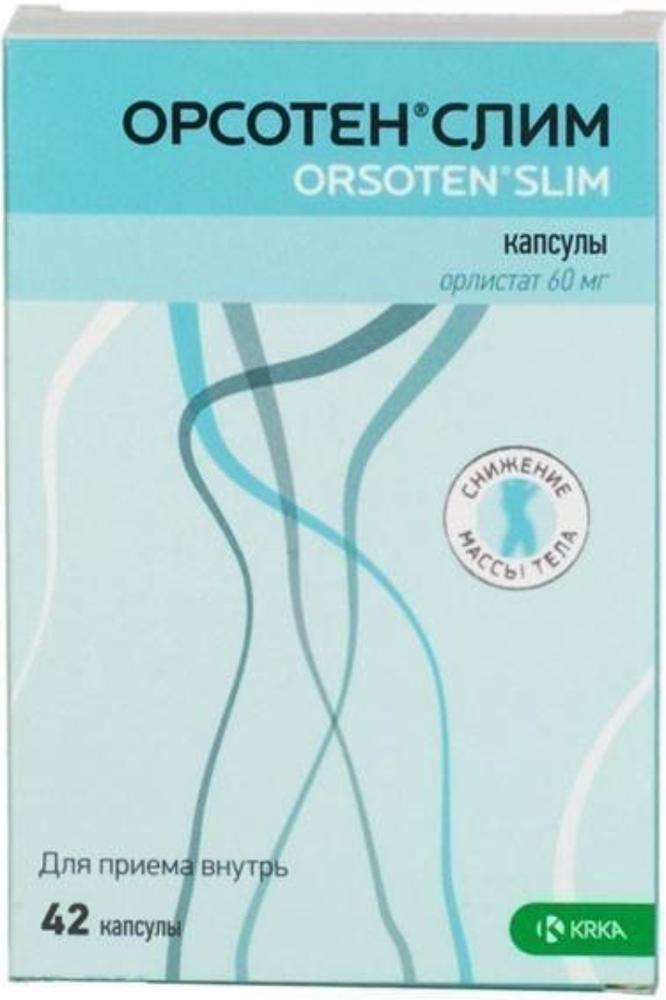
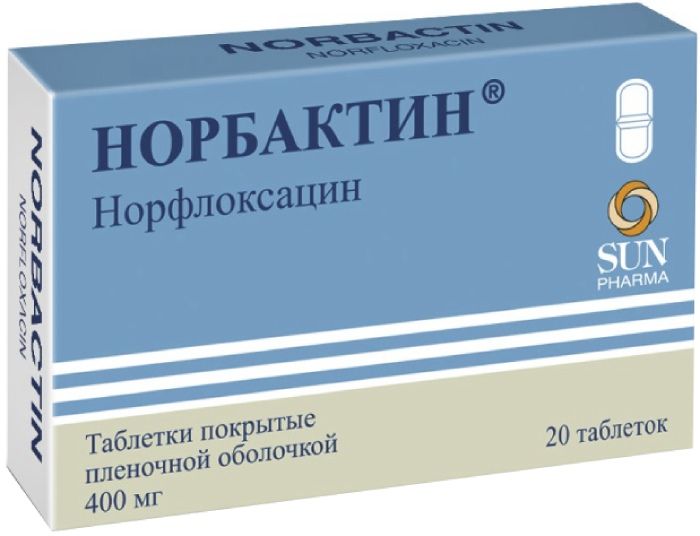
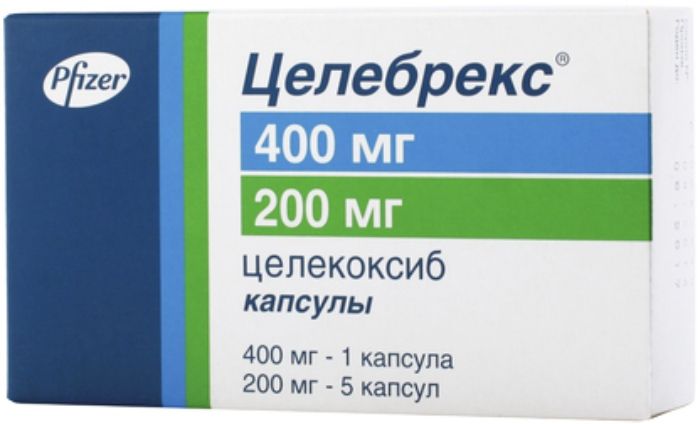
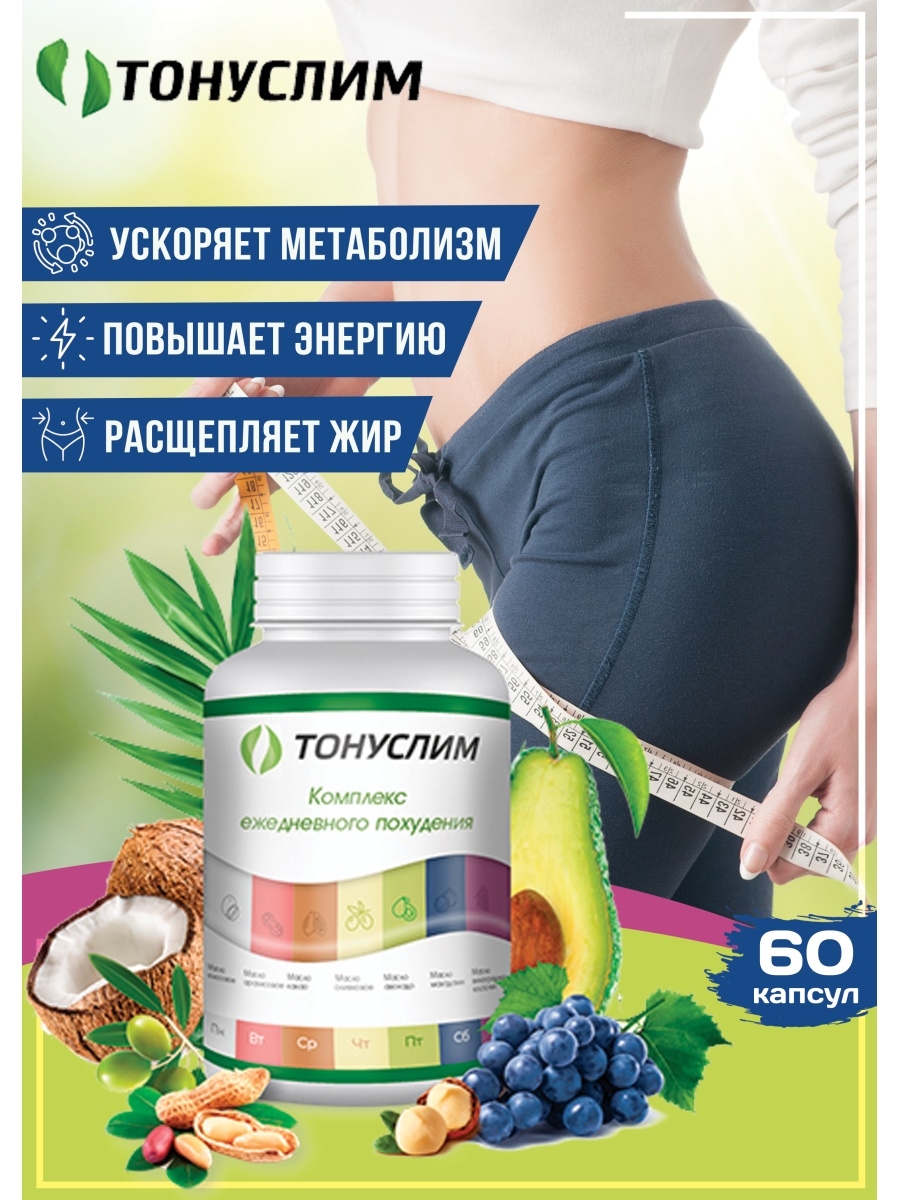

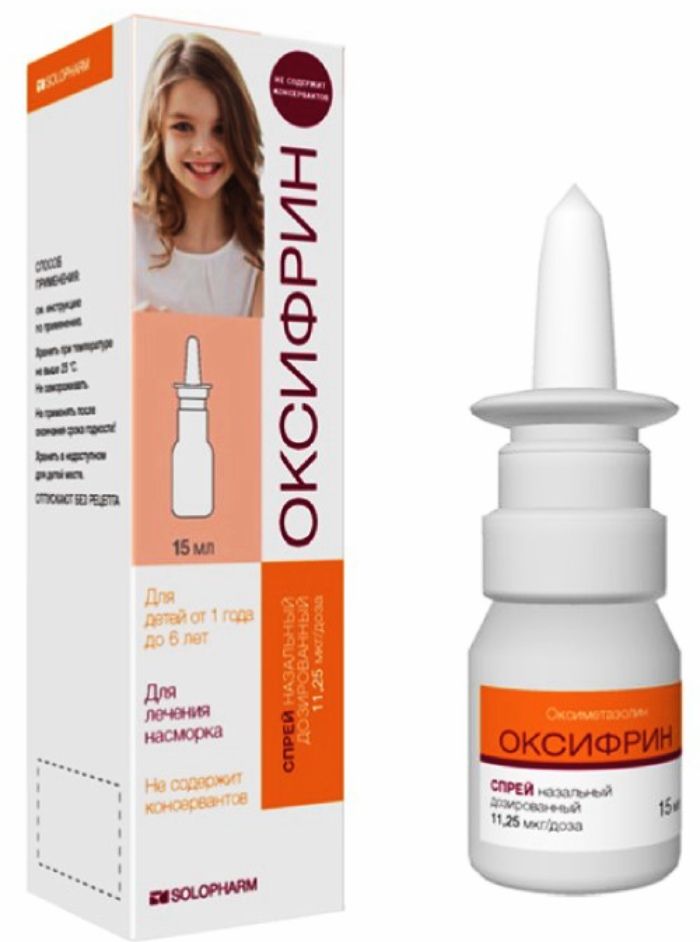




There are no reviews yet.